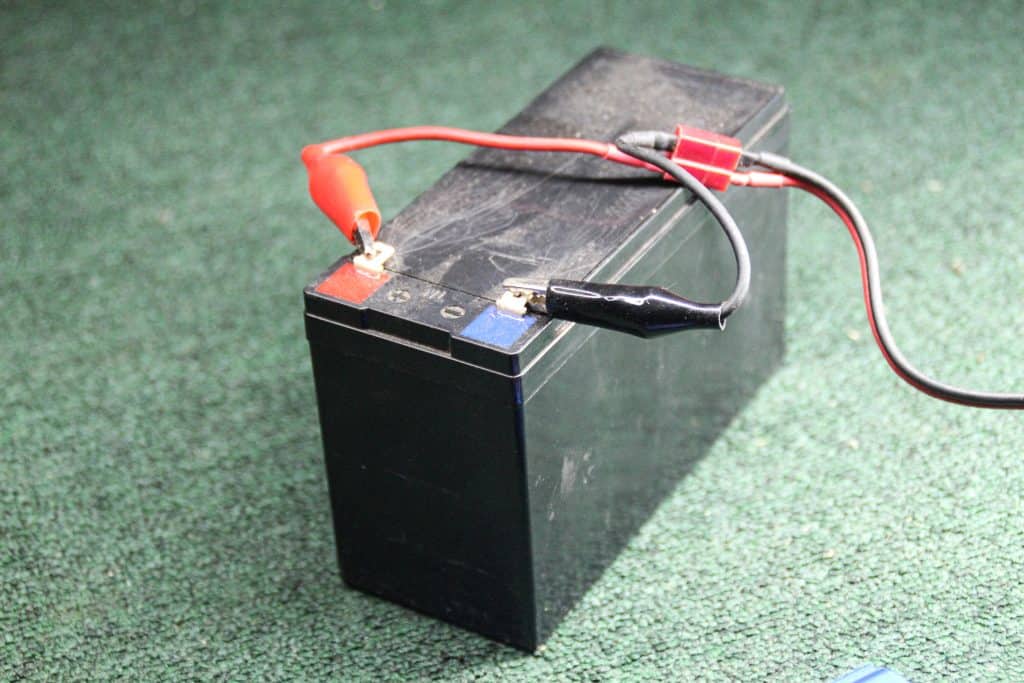

Written by
Larry Stark, Founder / Main Editor
Professional fisherman, who loves to review new fishing gadgets.
Fish finders have revolutionized the way fishermen locate their fish. These devices utilize sonar technology to increase the chance of successfully catching more fish. However, as with any electronic tool, understanding its power requirements is vital, especially when relying on battery power during fishing expeditions. In this article, we’ll discuss amperage (amps) requirements and explore the critical question: “How many amps does a fish finder use?”
Understanding Amperage
Amperage, typically represented as “amps,” is a fundamental unit of electric current. In simple terms, it measures the rate at which electric charge flows in a circuit, and provides insights into how much electrical current a device requires to operate. The relationship between voltage (volts), amperage (amps), and power (watts) is defined by the formula:
Power (Watts) = Voltage (Volts) x Amperage (Amps)
This formula illustrates that the power consumed by an electronic device is directly proportional to both the voltage supplied and the amperage it draws. For fish finders, amperage helps to determine their power demands
Factors Affecting Amperage
- Fish Finder Model
- Screen Size and Type
- Sonar Frequency
- Transducer Type
- Sonar Modes
- Depth Range
- Settings and Brightness
Types of Power Sources
The choice of power source can impact the amperage requirements of your fish finder setup. Let’s take a look at 4 different power sources commonly used and how they can affect amperage needs.
- Batteries. Batteries are the most common power source for portable fish finders. The type and capacity of the battery you choose play a crucial role in determining how long your fish finder can operate on a single charge. Lead-acid batteries, for example, are commonly used for their affordability, while lithium batteries are known for their lightweight and high energy density.
- External Power Supplies. In some cases, anglers opt for external power supplies when they have a stable source of electricity, such as on a boat. These power supplies can include direct connections to the boat’s electrical system or dedicated power sources.
- Solar Panels. For those looking for sustainable and eco-friendly power options, solar panels can be used to charge batteries that, in turn, power the fish finder. However, solar panels are typically associated with slower charging rates and may not be suitable for all fishing scenarios.
- Voltage Regulators. Voltage regulators can be used to control the voltage supplied to the fish finder. They can help ensure that the fish finder operates at the optimal voltage, which can influence amperage needs.
Conclusion
In conclusion, comprehending amperage and its relation to power consumption, you can make informed choices about power sources and conservation strategies. Factors affecting amperage, as well as efficient power usage, play a pivotal role in selecting the right fish finder and ensuring uninterrupted fishing adventures. Always calculate and monitor your device’s power consumption, to ensure a properly working fish finder.
Most Powerful Fish Finders:
- https://findyourfish.net/simrad-go9-xse-review/
- https://findyourfish.net/garmin-echomap-ultra-106sv-review/
- https://findyourfish.net/humminbird-helix-7-review/
- https://findyourfish.net/humminbird-solix-10-review/
- https://findyourfish.net/humminbird-helix-9-review/
- https://findyourfish.net/lowrance-hds-7-live-review/
- https://findyourfish.net/lowrance-elite-fs-9-review/
